October 29, 2025
Data Shows Endangered Palau Ground Doves Swiftly Recovering After Successful Palauan Island Conservation Effort
Astounding evidence of recovery on Ulong Island in Palau after just one year!
Published on
March 16, 2017
Written by
Emily Heber
Photo credit
Emily Heber

Last December, five male Hawaiian Crows (Corvus hawaiiensis), also known as Alalā, were released into the wild at Pu‘u Maka‘ala Natural Area Reserve in Hawaii. This release marked the first time individuals had been in the wild since 2002, when a captive breeding program was initiated to protect the crows from invasive species such as rats and mongoose.

Following the release, the five birds were initially thriving in the wild. Not much later, however, two individuals were found dead. This discovery triggered conservationists to recapture and return the remainint individuals to captivity. Results from the necropsies of the birds showed that they died due to predation from the Hawaiian Hawk (Buteo solitarius) also known as ‘io, a natural predator that is also endangered. Another individual was found to have died due to natural circumstances.
Although the return to captivity was a setback for the program, conservationists are still working hard to implement a second release of twelve individuals. Researchers are working with the captive animals to teach them predator avoidance tactics in order to minimize the impact of natural predation. The statement released by Hawaii’s Department of Land and Natural Resources explained:
Biologists around the world say releases like this are usually marked with fits and starts, and that reintroduction success is not usually seen before multiple releases.
The Extinct-in-the-wild Hawaiian Crows have a long road to recovery, but due to the efforts of dedicated researchers, there is hope that one day they will thrive in their native, wild habitat.
Featured photo: Hakalau Forest National Wildlife Refuge. Credit: Melissa McMasters
Source: Hawaii Tribune
Check out other journal entries we think you might be interested in.

October 29, 2025
Astounding evidence of recovery on Ulong Island in Palau after just one year!
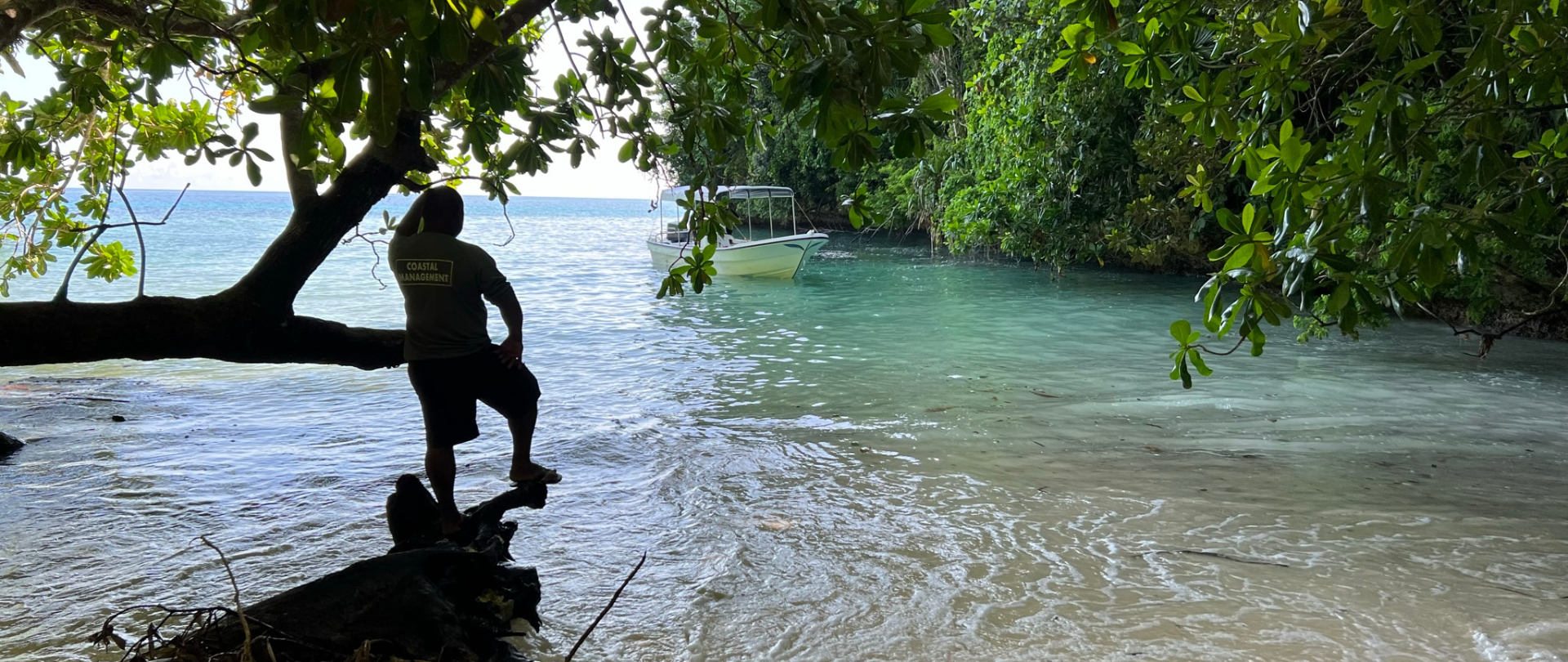
May 19, 2025
Read our position paper on The 3rd United Nations Ocean Conference (UNOC 3) to see why we're attending and what we aim to accomplish!
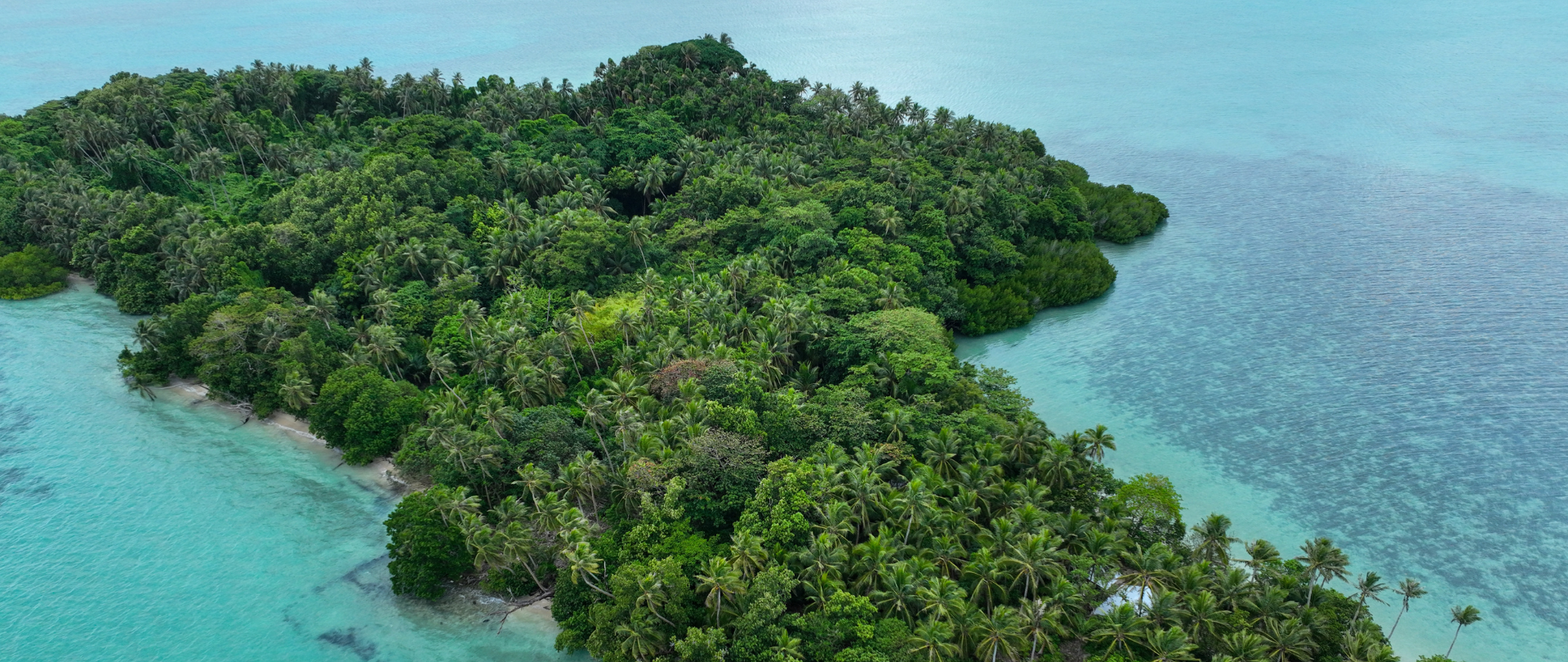
December 4, 2024
Ann Singeo, founder of our partner organization the Ebiil Society, shares her vision for a thriving Palau and a flourishing world of indigenous science!
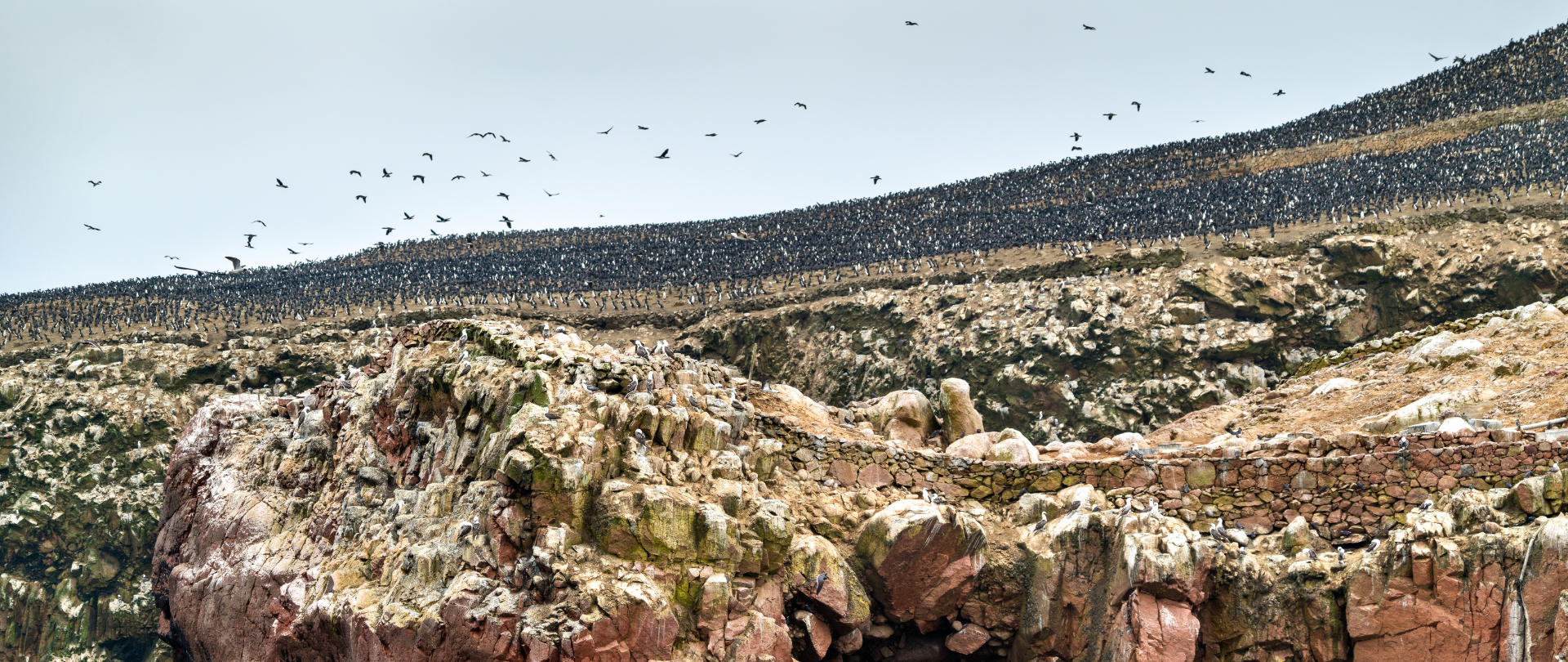
November 22, 2024
This historic agreement aims to protect the marine and coastal areas of the Southeast Pacific.
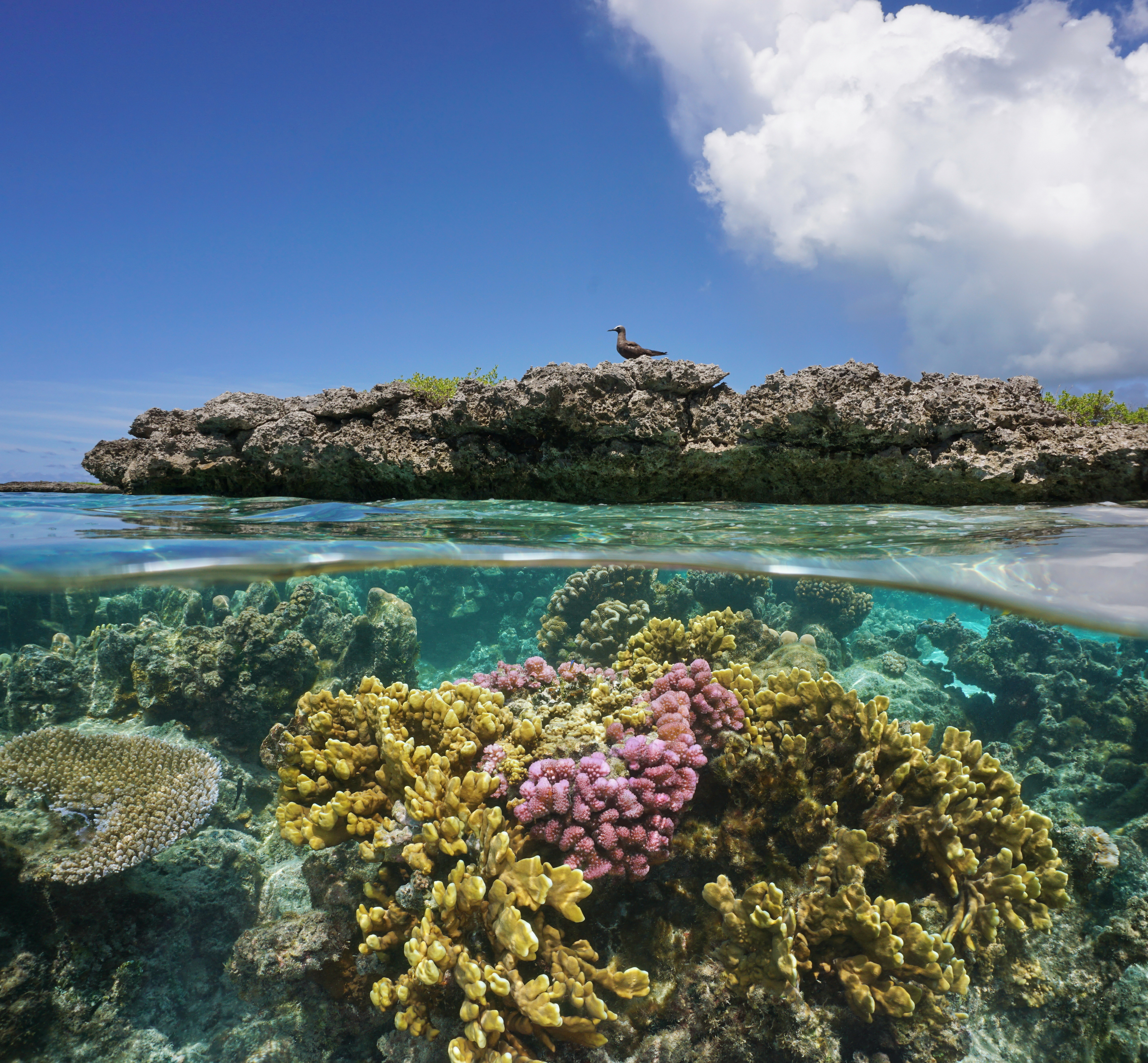
November 18, 2024
Our projects to restore key islets in Nukufetau Atoll forecast climate resilience and community benefits in Tuvalu!
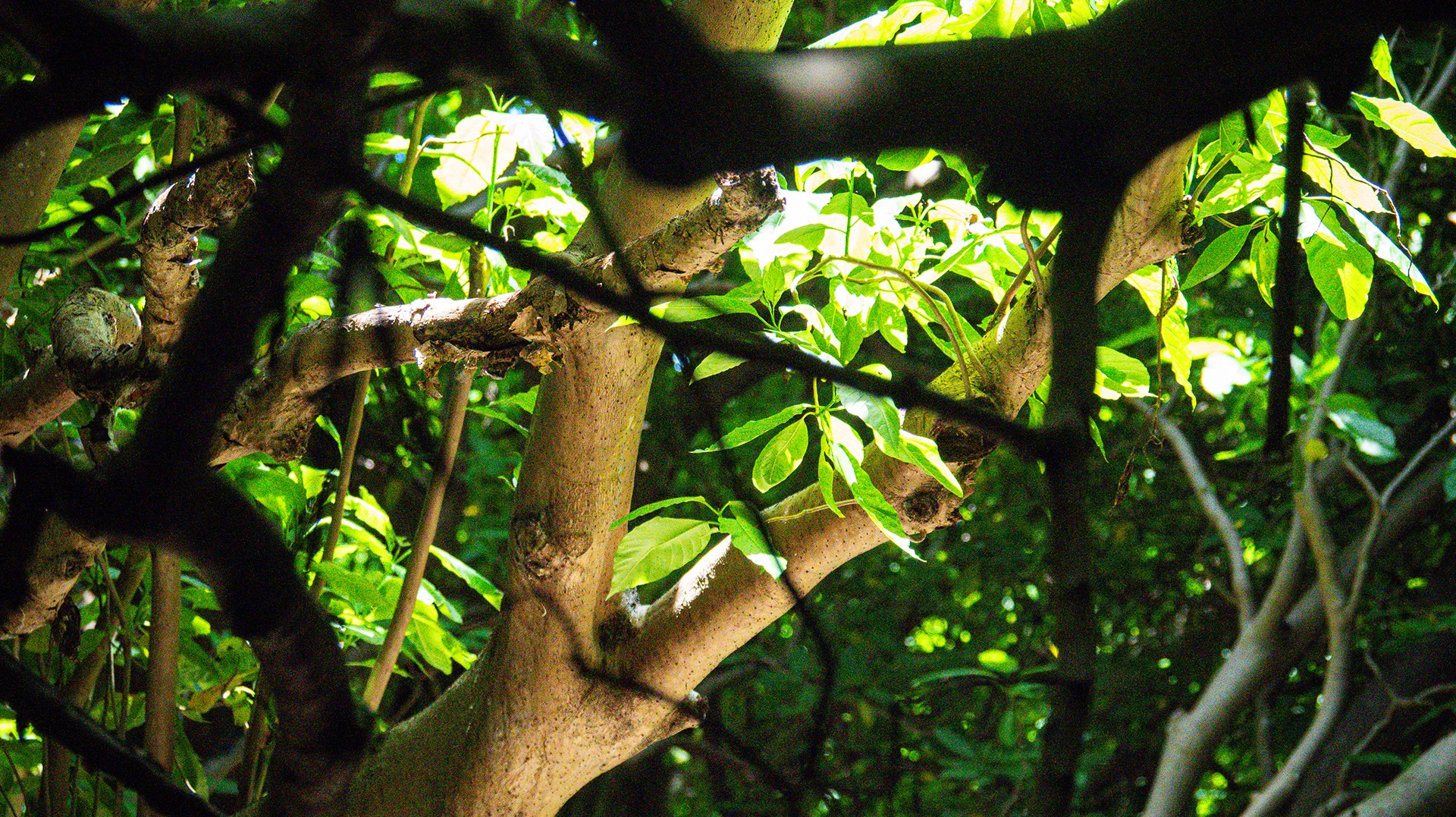
October 3, 2024
Island Conservation and partners have published a new paper quantifying ecosystem resilience on restored islands!
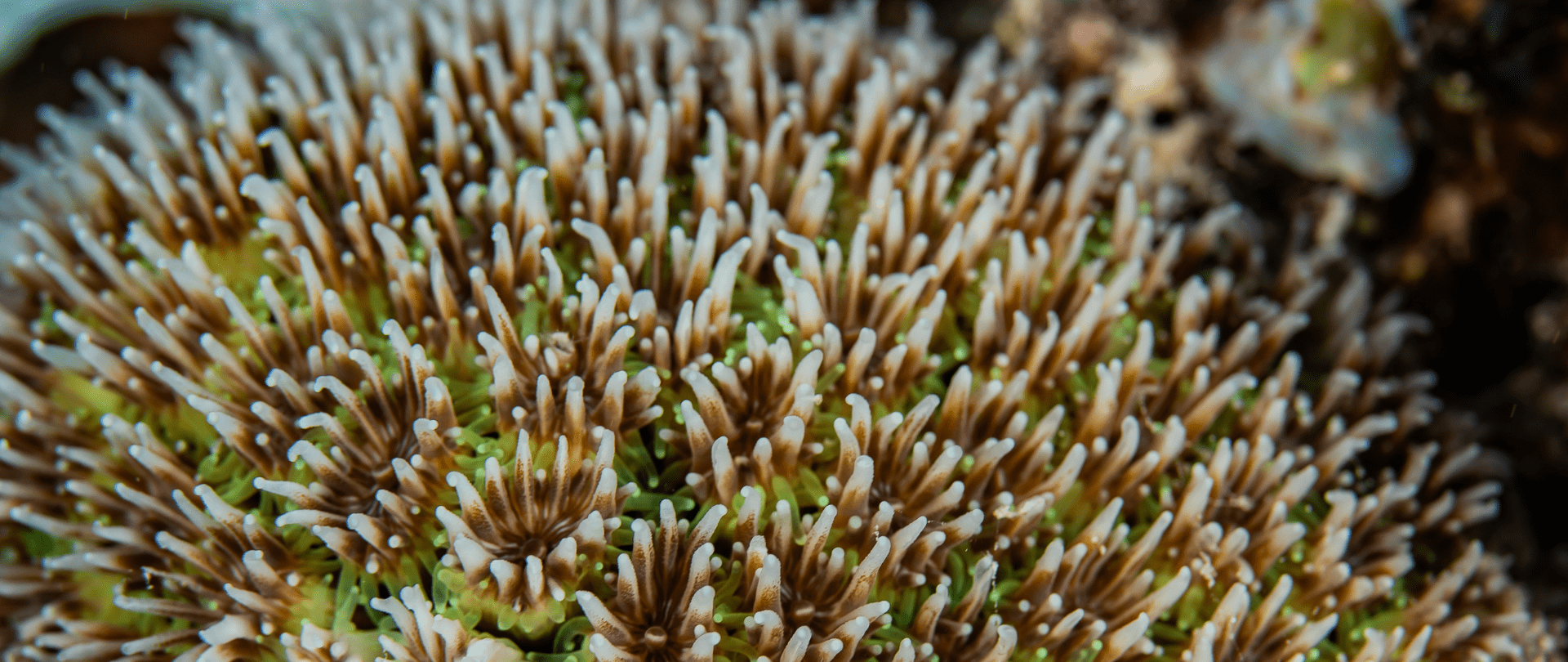
September 10, 2024
Climate Week NYC: what is it and why is it important? Read on to find out why Island Conservation is attending this amazing event!

September 5, 2024
With sea levels on the rise, how are the coastlines of islands transforming? Read on to find out how dynamic islands really are!

December 14, 2023
Join us in celebrating the most amazing sights from around the world by checking out these fantastic conservation photos!
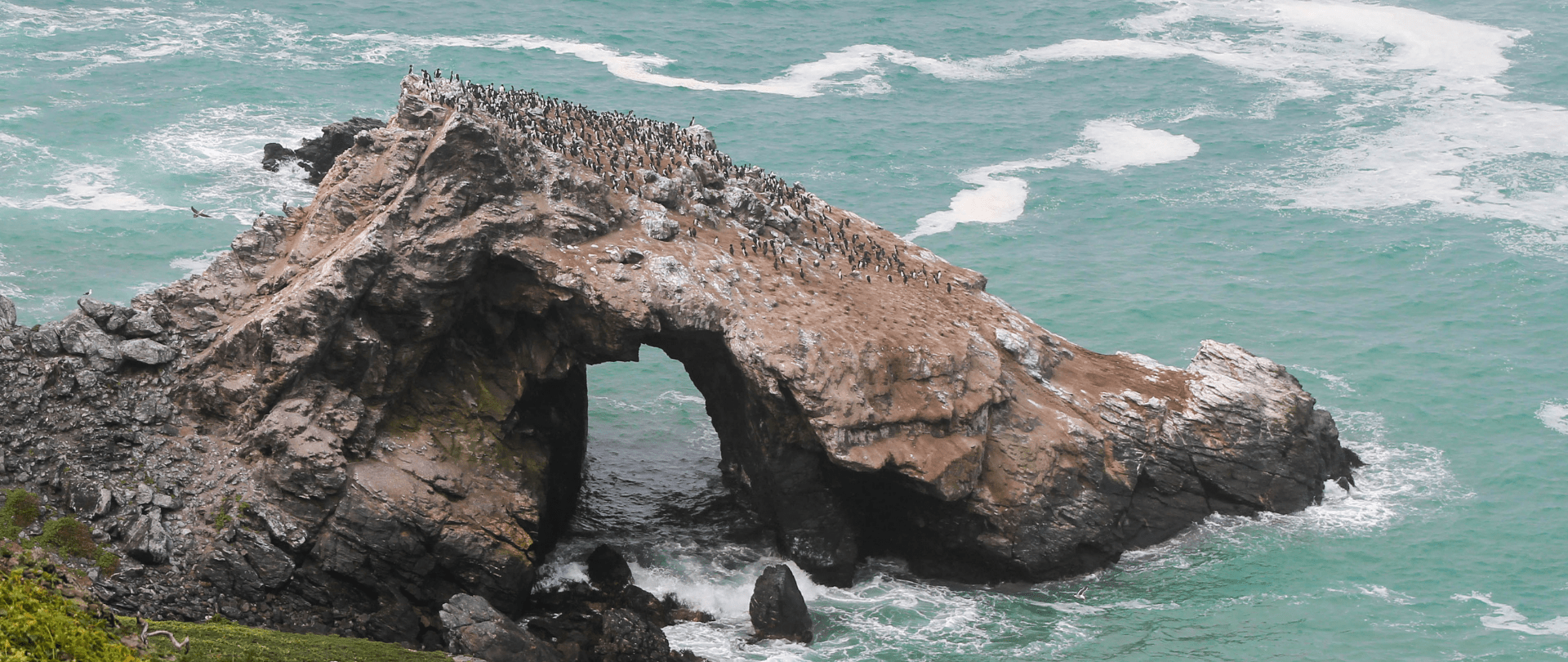
November 28, 2023
Rare will support the effort to restore island-ocean ecosystems by engaging the Coastal 500 network of local leaders in safeguarding biodiversity (Arlington, VA, USA) Today, international conservation organization Rare announced it has joined the Island-Ocean Connection Challenge (IOCC), a global effort to…